The Digestive System
1/49
Earn XP
Description and Tags
Flashcards based on some slides on the digestive system.
Name | Mastery | Learn | Test | Matching | Spaced |
|---|
No study sessions yet.
50 Terms
Fistulated cow
A cow with a passageway connecting the cow’s stomach to the outside for observation and measurement
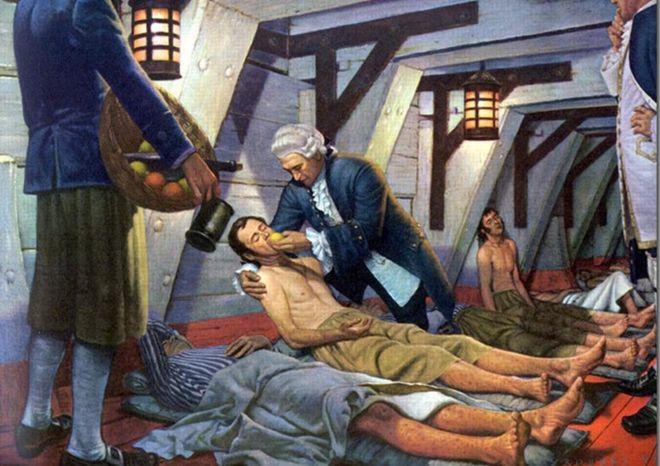
Scurvy
A disease caused by a lack of vitamin C where the body is unable to replenish the protein collagen in the skin, can cause bleeding gums, swelling, wounds, bruising
Often experienced by the sea-bound without fruits or vegetables
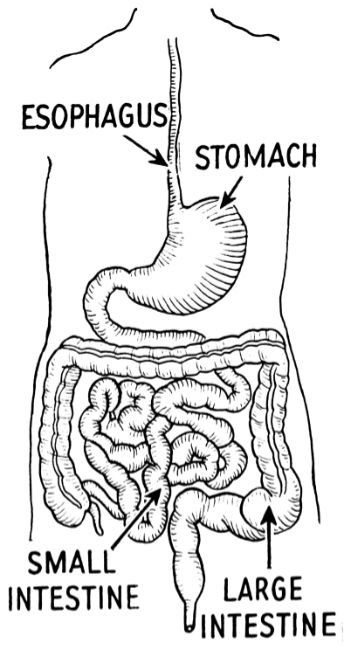
Digestive system
System formed for the absorption of nutrients through the mechanical and chemical breakdown of food; consists of the alimentary canal and accessory organs
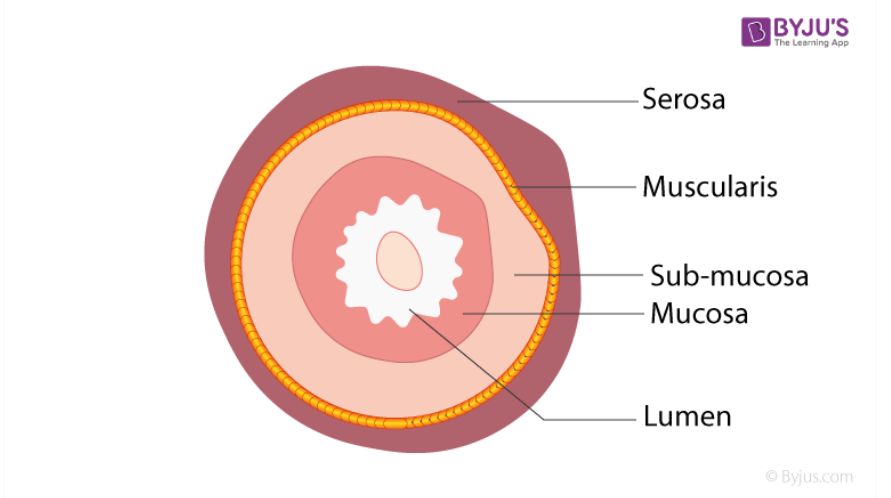
Mucosa
The innermost layer of the alimentary canal that protects tissues and aids absorption
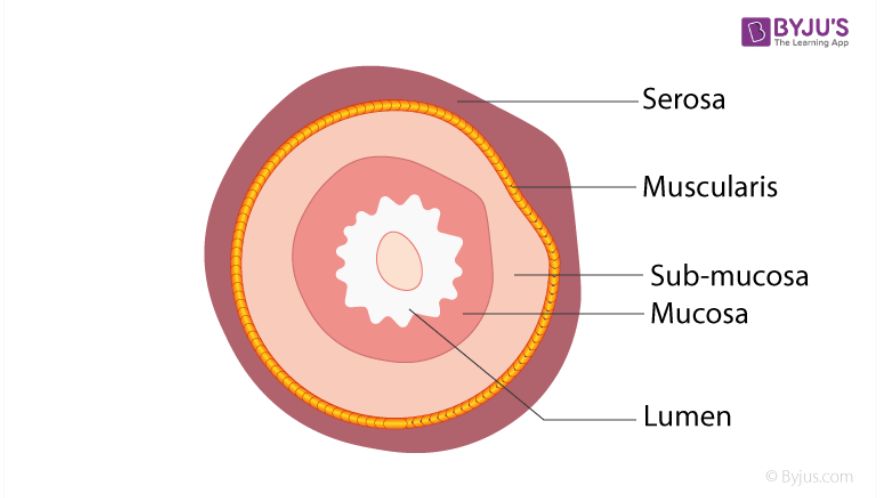
Submucosa
The layer outside of the mucosa that holds glands, blood vessels, and nerves
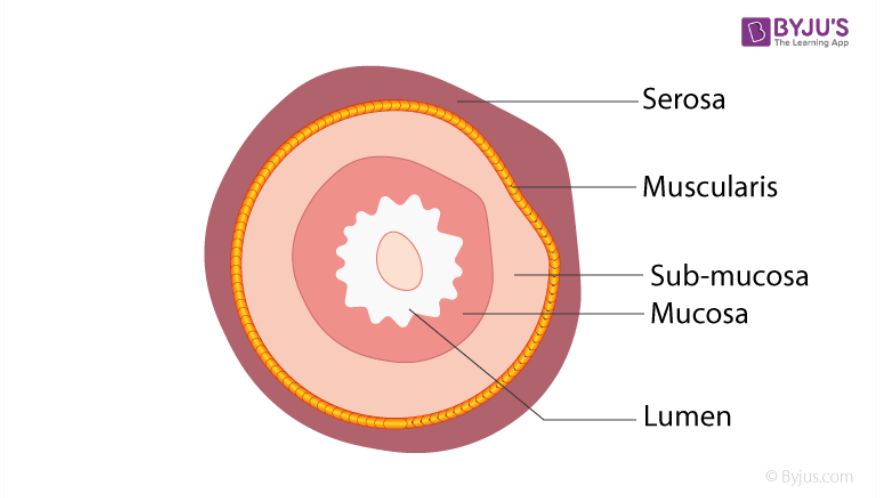
Muscular layer
The smooth muscle of the alimentary canal that pushes food through
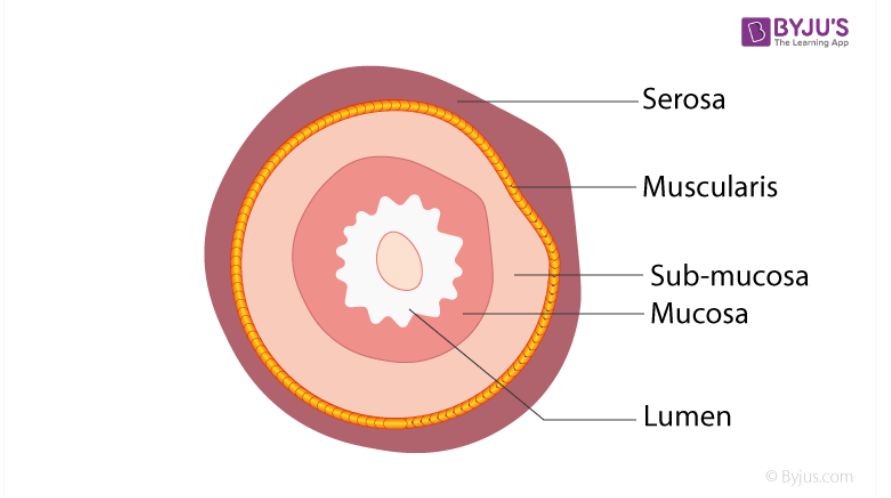
Serosa
Layer of the alimentary canal that lubricates surfaces
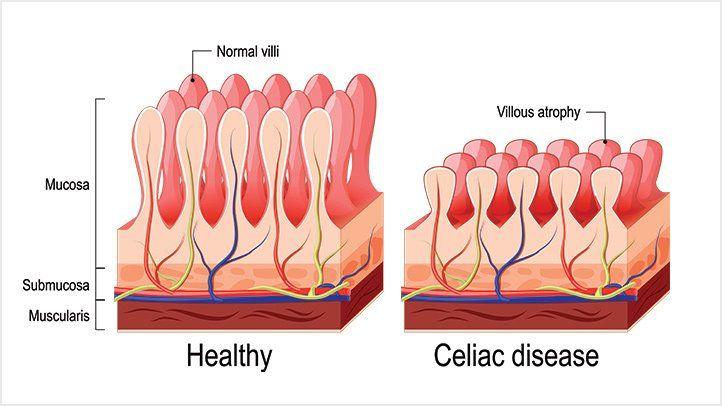
Villi
Structures in the small intestine that increase surface area for nutrient absorption
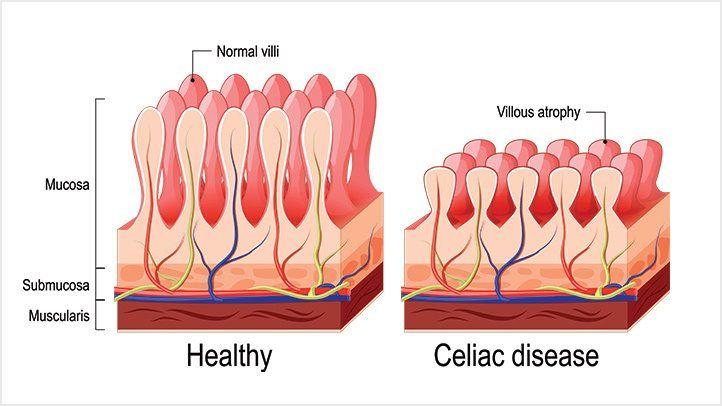
Celiac disease
Disease that damages the villi and reduces nutrient absorption capacity; gluten triggers villi immune destruction
Mixing movements
Movements that mix food with digestive juices in the digestive system

Peristalsis
Movements that push food down the esophagus
Saliva
Liquid in the mouth that begins digestion through chewing and mixing
Frenulum
Tissue that connects the tongue to the floor of the mouth
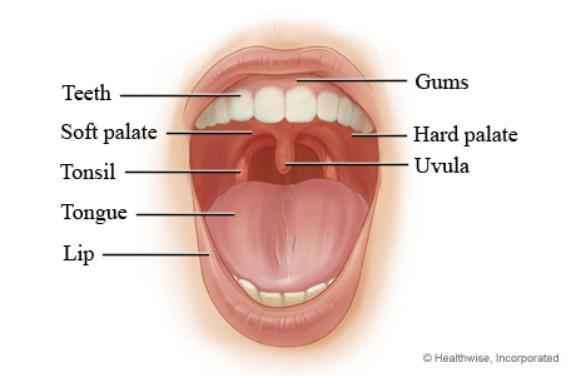
Tongue
Structure in the mouth that moves food
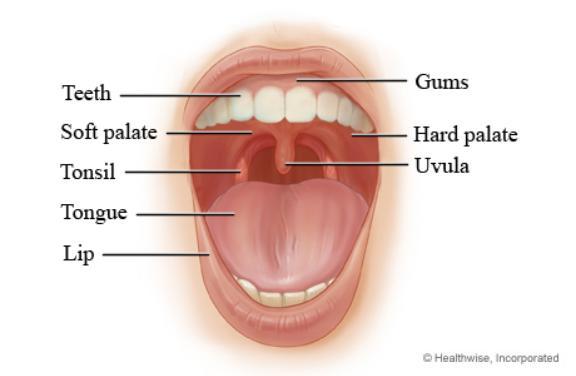
Palate
The roof of the oral cavity with hard and soft parts

Uvula
The back bulbous structure in the mouth
Palatine tonsils
Structures in the back of the mouth that are part of the immune system; can be inflamed and require removal

Tonsillitis
Inflammation of the tonsils that can cause a sore throat and fever; a tonsillectomy (tonsil removal) may be required
Primary teeth (baby teeth)
Teeth that first appear in children, then fall out with growth
Secondary teeth
Teeth that replace primary (baby) teeth and remain permanently
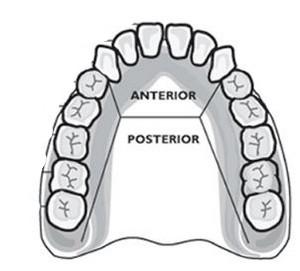
Incisors
The frontmost teeth in on the jaw
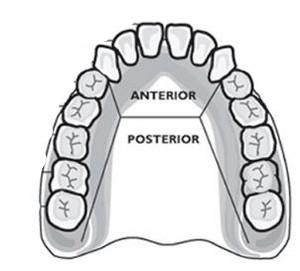
Cuspids (canines)
The teeth behind the incisors; one layer
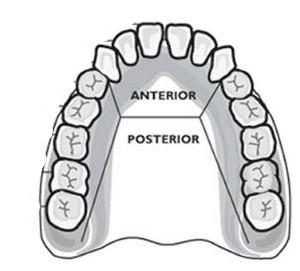
Bicuspids
Teeth behind the cuspids
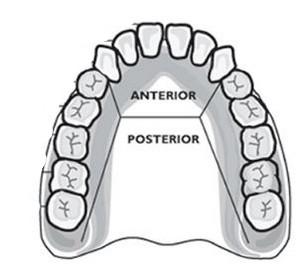
Molars
Teeth in the very back of the jaw
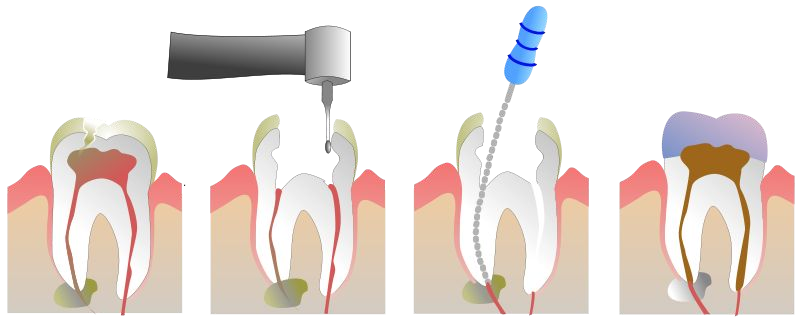
Root canal procedure
The repair of a badly damaged or infected tooth to avoid removal with a new cap; the name is derived from the cleaning of a tooth’s root
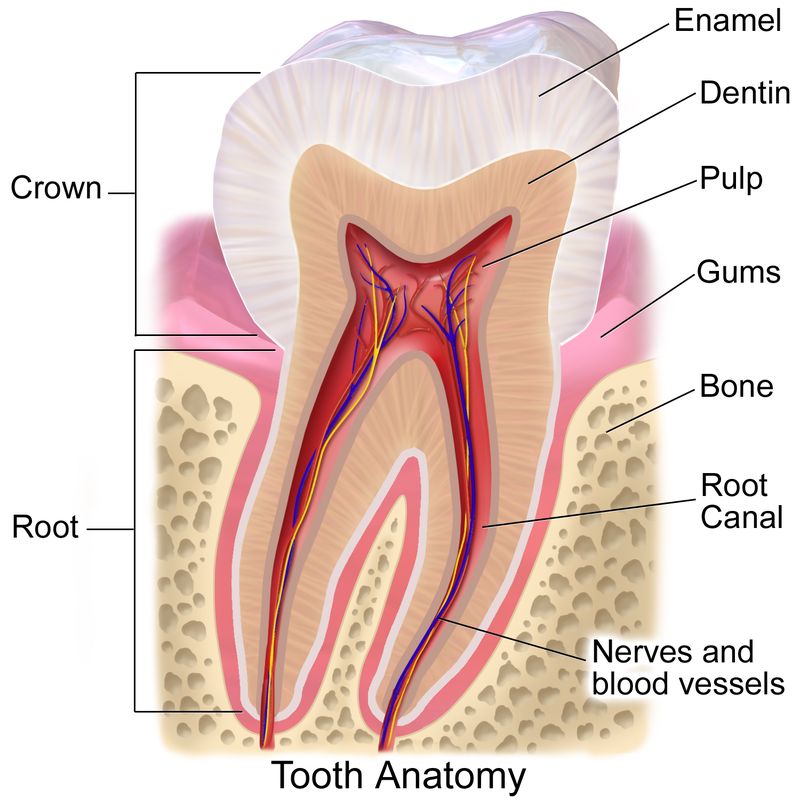
Crown
The top exposed part of the tooth with the enamel, dentin, and pulp cavity
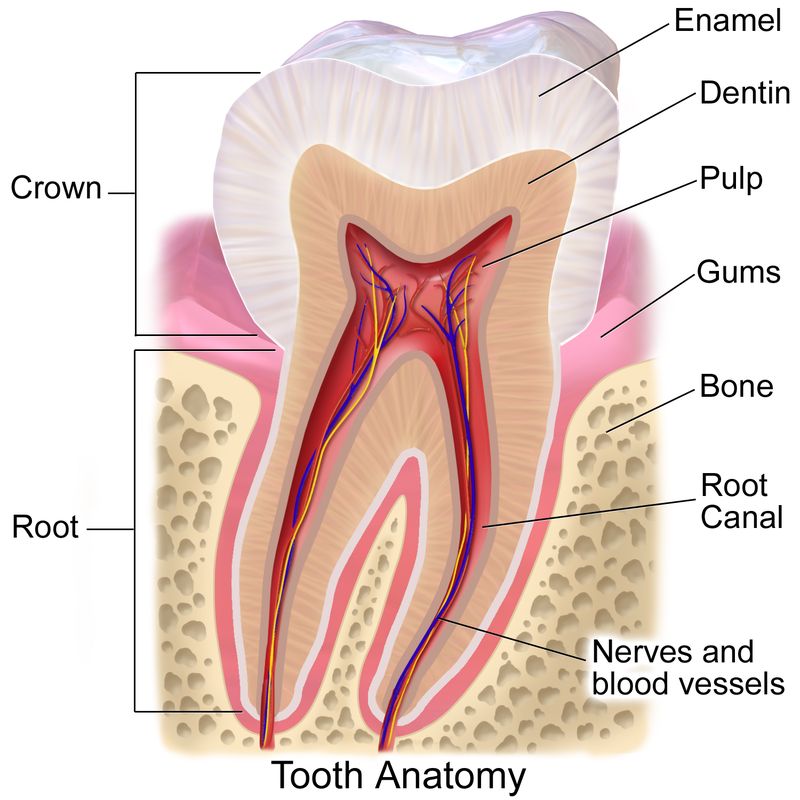
Root
The part of the tooth covered by the gums surrounded by bone with a root canal that carries nerves and blood vessels
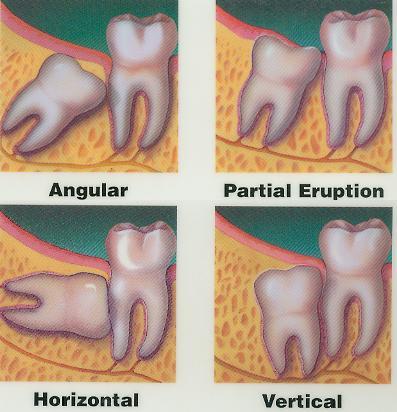
Wisdom teeth
Molars that come in during adolescence that are often removed due to their position
Amylase
The enzyme within the saliva that breaks down starch into sugars
Mucus
Substance produced by mucus cells for lubrication during swallowing
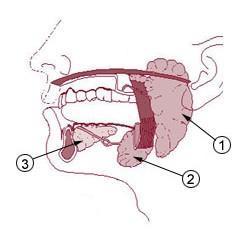
Salivary glands
Parotid gland (most anterior gland, back of mouth)
Submandibular gland (salivary gland behind tongue)
Sublingual gland (salivary gland below tongue)
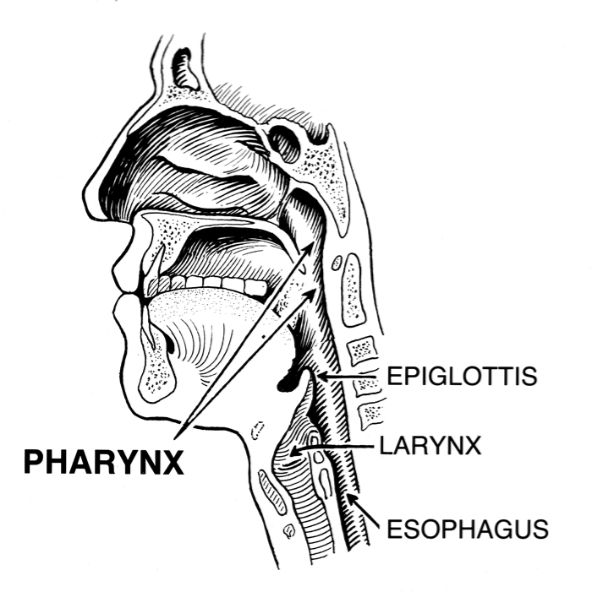
Pharynx
Passageway leading to the throat that consists of the nasopharynx, oropharynx, and laryngopharynx that are located near the nose, mouth, and larynx respectively
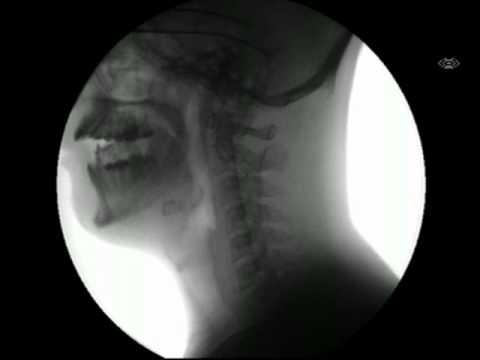
Dysphagia
Difficulty swallowing

Esophagus
The passageway that moves food to the stomach
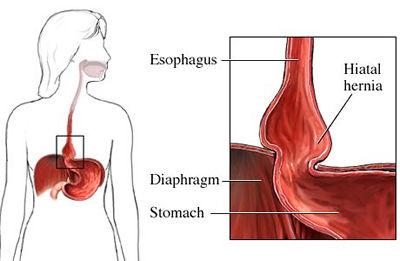
Esophageal hiatus
Where the esophagus penetrates the diaphragm of the stomach
Longitudinal muscles
Muscles with an upward structure on the stomach
Circular muscles
Muscles with a structure going around the stomach
Oblique muscles
Muscles with a diagonal structure around the stomach
Pepsin
Digestive enzyme for breaking down food
Chyme
Paste released into the duodenum from the stomach
Rugae
Wrinkles within the lining of the stomach
Acid reflux
Condition that occurs when stomach acid splashes back into the esophagus, causing a burning sensation (heartburn)
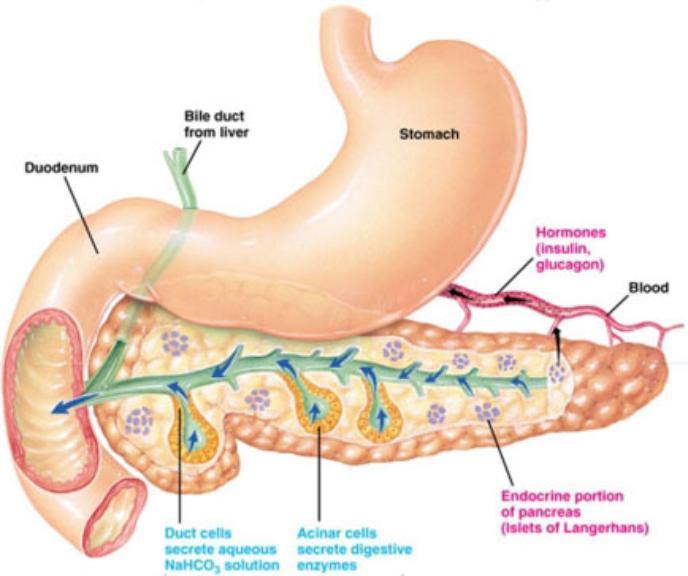
Pancreas
Organ that secretes insulin which breaks down sugars and pancreatic juice that breaks down fat; empties into the duodenum
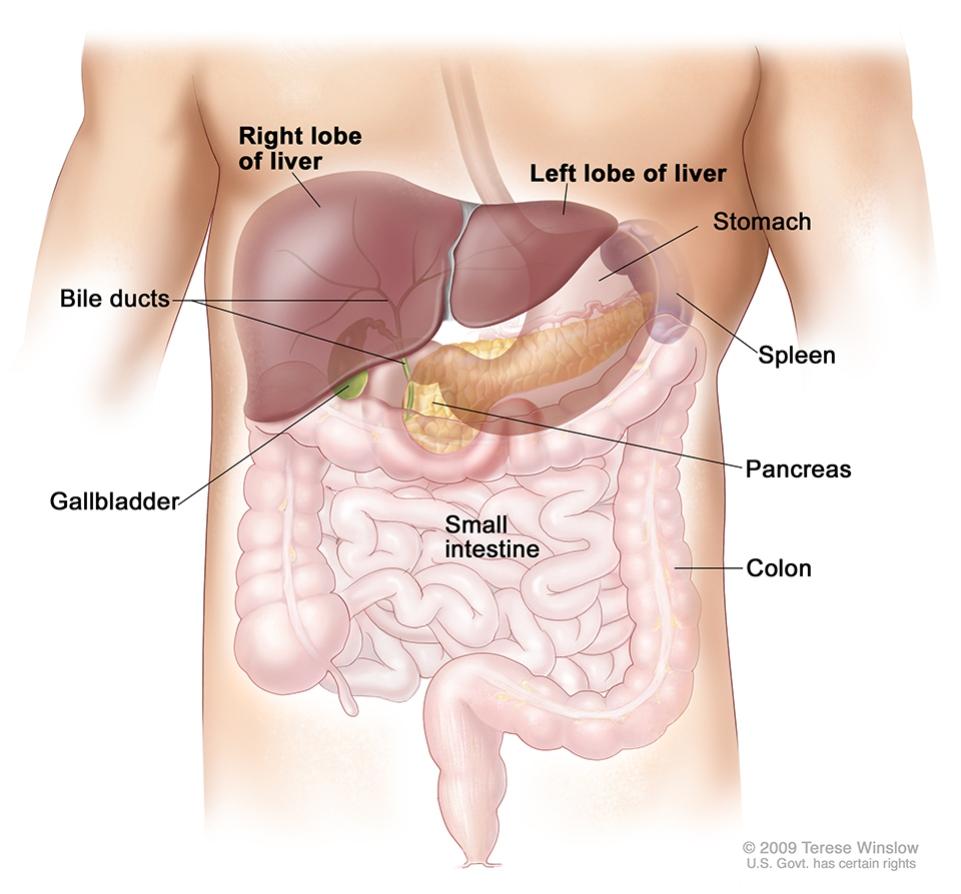
Liver
Organ that functions to create bile and proteins alongside storing glycogen and vitamins; also aids blood clotting, clears bilirubin, and has detoxification functions
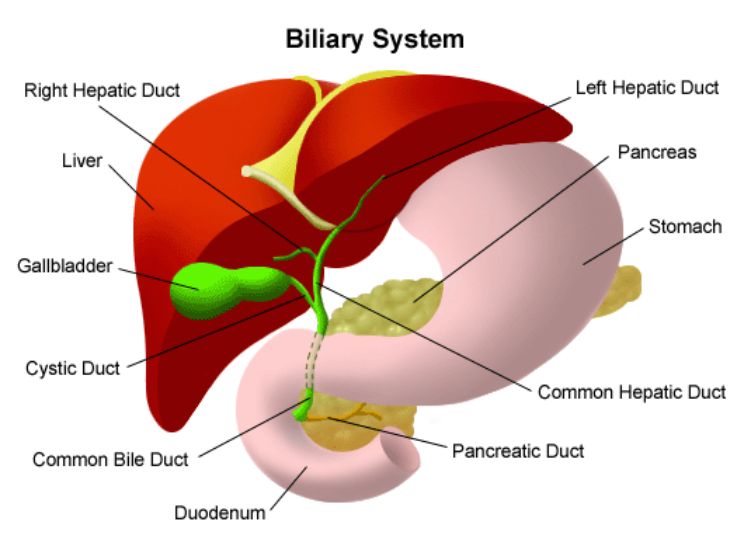
Cystic duct
Duct that carries bile from the gallbladder
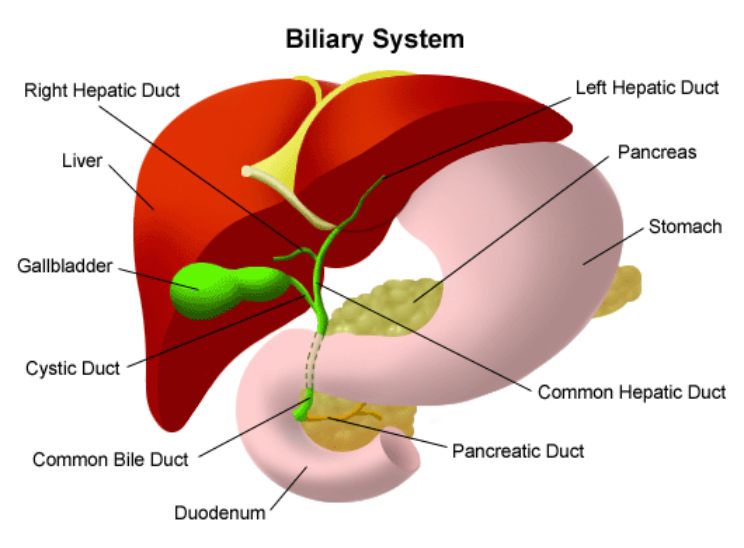
Hepatic duct
Duct that comes from the liver
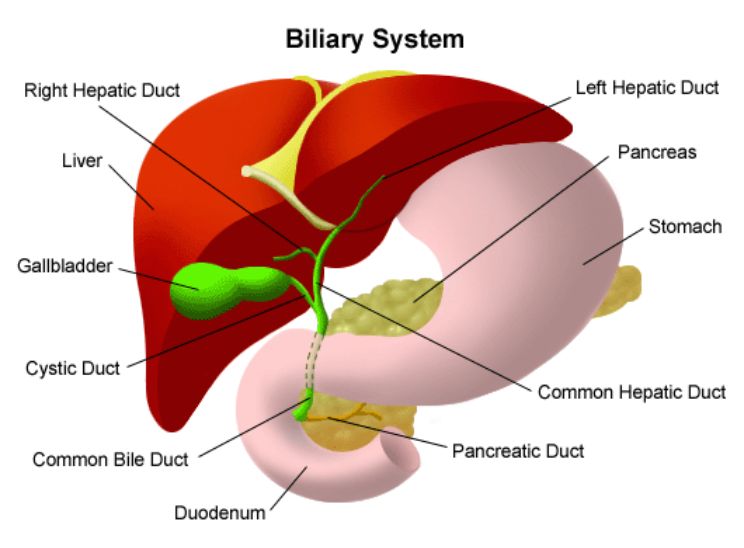
Common bile duct
Duct that forms as a convergence of the cystic and hepatic ducts, emptying into the duodenum
Bile
A yellowish-green liquid that aids in digestion and the breakdown of fat
Bilirubin
Substance produced when blood cells break down
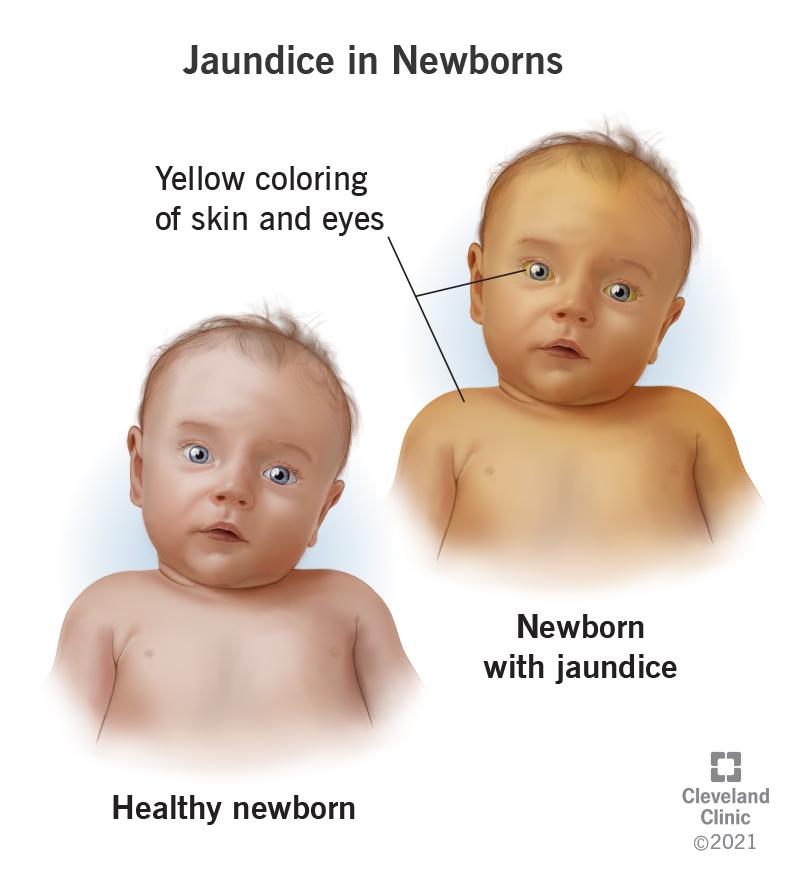
Jaundice
Condition that occurs when the liver fails to clear bilirubin, causing yellowing of the skin and eyes